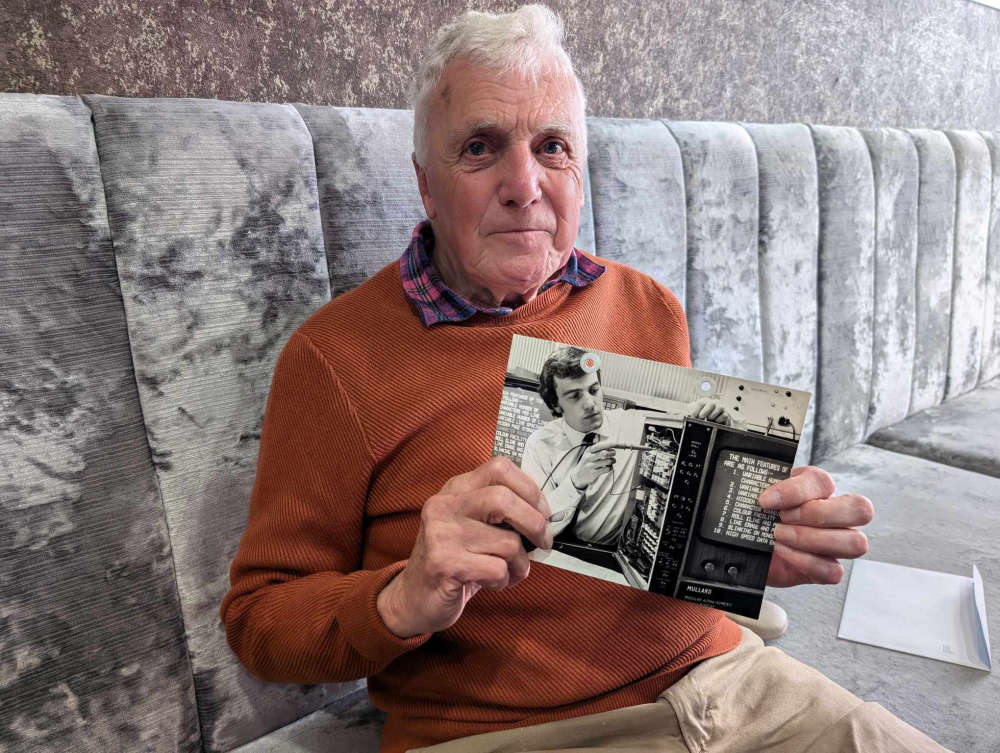
Ian Hanson helped devise some of the most groundbreaking technology of the past 50 years - not realising at the time how it would change the world.
Ian, from Morecambe, was part of the team in the 1970s who developed what went on to become known as Teletext, and was used by the BBC for their popular Ceefax service.
The television text information system, which celebrated its 50th birthday recently, would go on to attract 22 million users before dying with the rise of the world wide web.
It broke the biggest stories on the BBC and ITV ahead of the television news, in the days before the internet, and provided hundreds of pages of easy-to-access information on everything from current affairs, sport and weather, TV and radio listings, to travel and games and even Valentine's Day messages!
See below for a typical BBC Ceefax screen. Image from the BBC.

But when Ian and a team of electronics developers were hard at work in Surrey labs creating what they affectionately called 'Mandi', they had no idea how big the project would become.
LISTEN to Ian Hanson talking about how he helped to develop Teletext
"In 1973 I was tasked to work on what they called at the time a Visual Display Unit so we could assess how many characters per line we could reasonably display on a TV screen," he said.
"This was something brand new at the time."
Our photos show Ian working on the new system during the 1970s.


"At the peak there were about 16 of us working on it. My colleague John Adams was the chief designer of it. I was helping him with that design and coordinating with the other people working on it. It was an interesting time.
"I didn't evisage it becoming what it did become. I was just intrigued by the technology, really."
At the time Ian worked for Mullard's, part of the electronics giants Philips, in Mitcham, Surrey.
"The management within Mullard's, they decided that they wanted to demonstrate this to a company in Norway and to this we had three months to design, develop and make a prototype," he said.
"John Adams and myself, and our boss Gerald Crowther, we were each working getting on for 100 to 120 hours a week for about three months, to make sure we met the timescale for it. We weren't getting much sleep.
"We called it Mandi, which was the Mullard Alpha Numeric Display Instrument. That was a name that stuck to it within the company."
At the time, Ian recalls helping to give presentations and demonstrations all over Europe, to bigwigs from some of the biggest broadcasting companies in the world.
"We had a visit from the BBC and later IBA (ITV) and they thought wow, this is something we can really use," he said.
"We were envisaging only 40-50 pages. We were staggered really when it got up to hundreds of pages on it.
"We were using the very first Random Access Memories in this system, that were made by Intel. That in itself was interesting, because it was all brand new technology at the time. We were breaking new ground."
The BBC started their Ceefax system in 1974, ending it in 2012.
"This was the first time that people could select what information they wanted to view and display it on their televisions," said Ian.

The ITV network's version called Oracle began in the late '70s and was later on Channel 4, but ended in 1992.
Later in his career, Ian went on to work for mobile giants Sony Ericsson.
He worked on the very first Smartphone that had ever been made and went commercial, the Ericsson R380, in 2000.
Ian, 76, who is originally from the Manchester area, now lives in Morecambe after moving here in 2017.

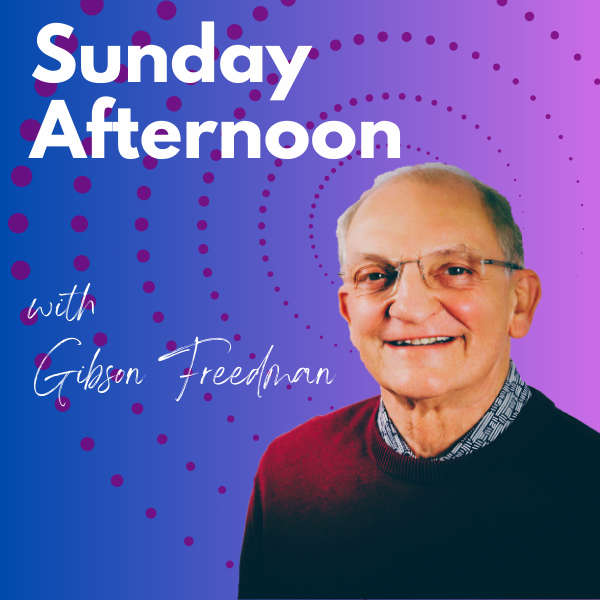
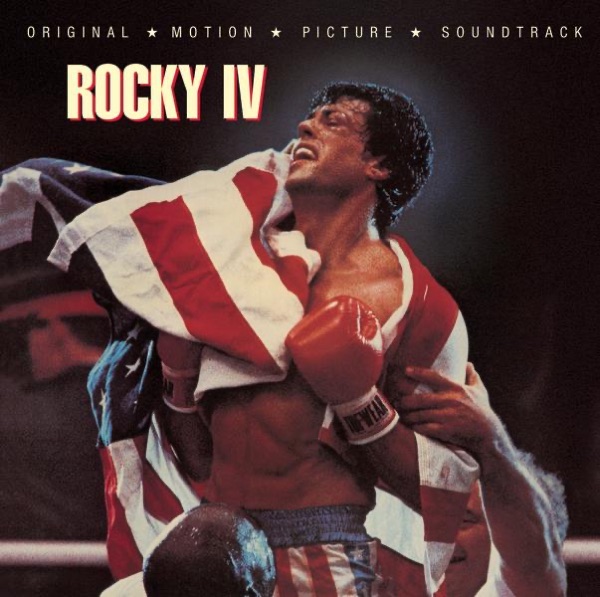
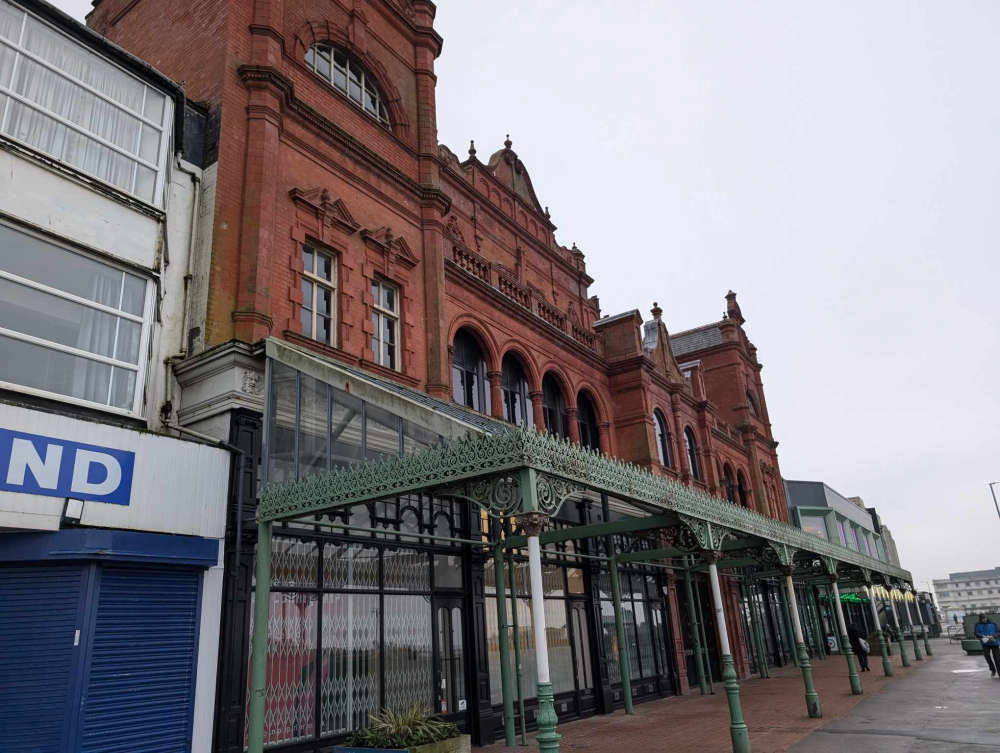 Morecambe Winter Gardens to open to public for new season
Morecambe Winter Gardens to open to public for new season
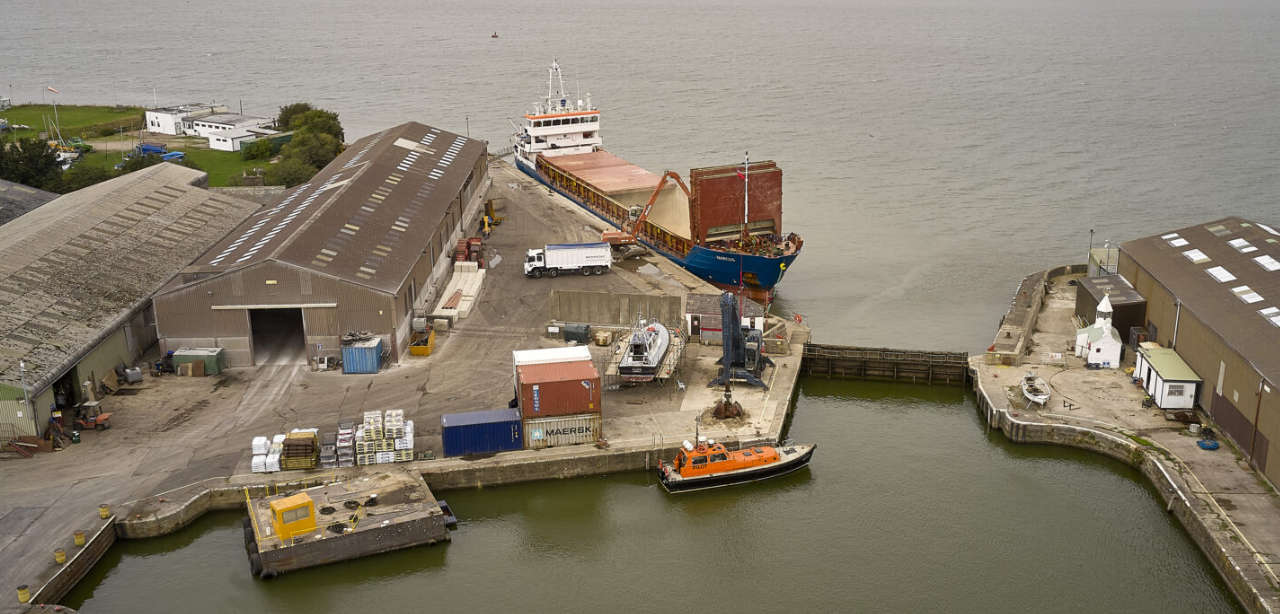 Cash for repairs to Lancaster Port gate announced in £6.5m flood defence package
Cash for repairs to Lancaster Port gate announced in £6.5m flood defence package
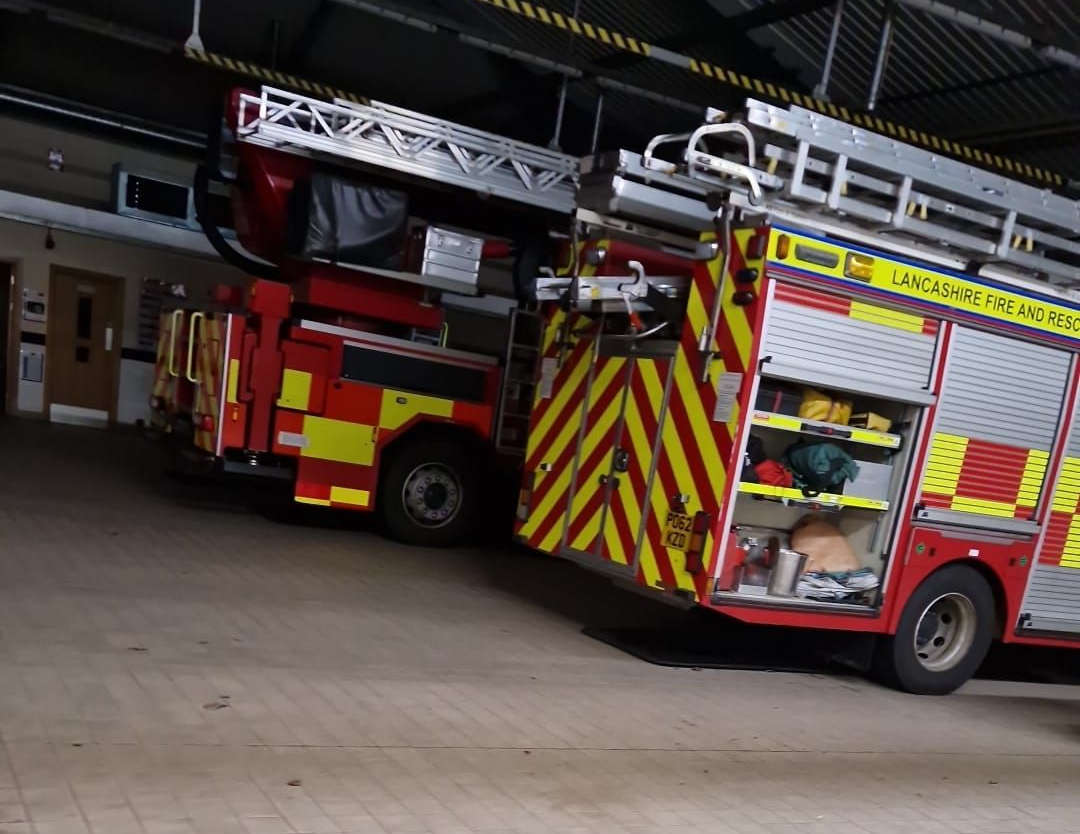 Carnforth fire crews issues safety advice after tackling blazes in the open
Carnforth fire crews issues safety advice after tackling blazes in the open
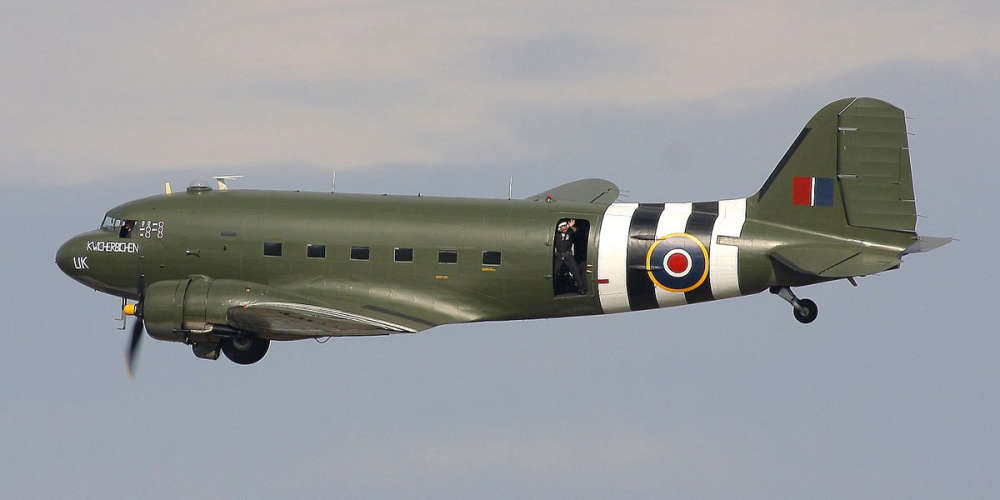 EXCLUSIVE: Battle of Britain Dakota display announced for Armed Forces Day in Morecambe
EXCLUSIVE: Battle of Britain Dakota display announced for Armed Forces Day in Morecambe
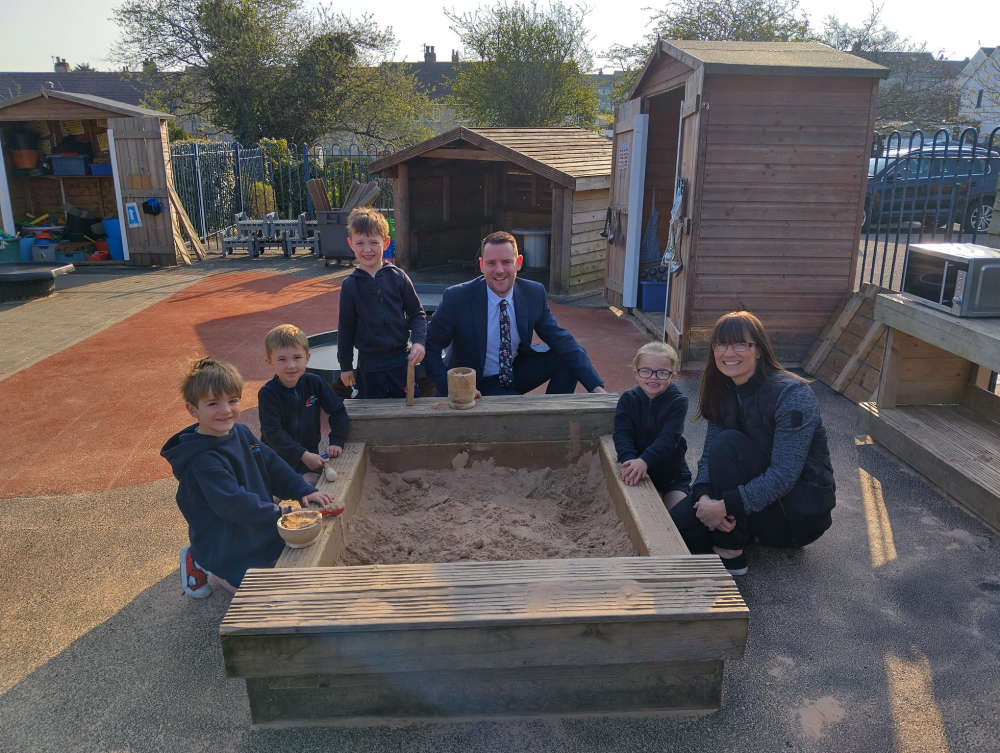 Heysham school to open new nursery after government cash boost
Heysham school to open new nursery after government cash boost
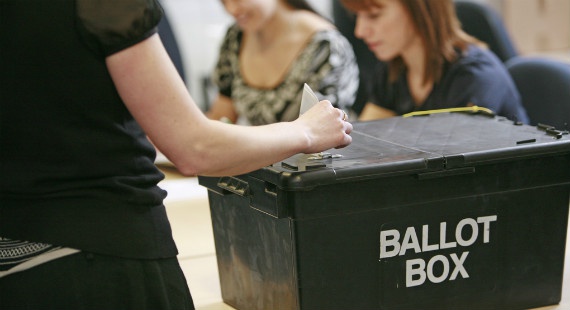 Local election candidates announced
Local election candidates announced
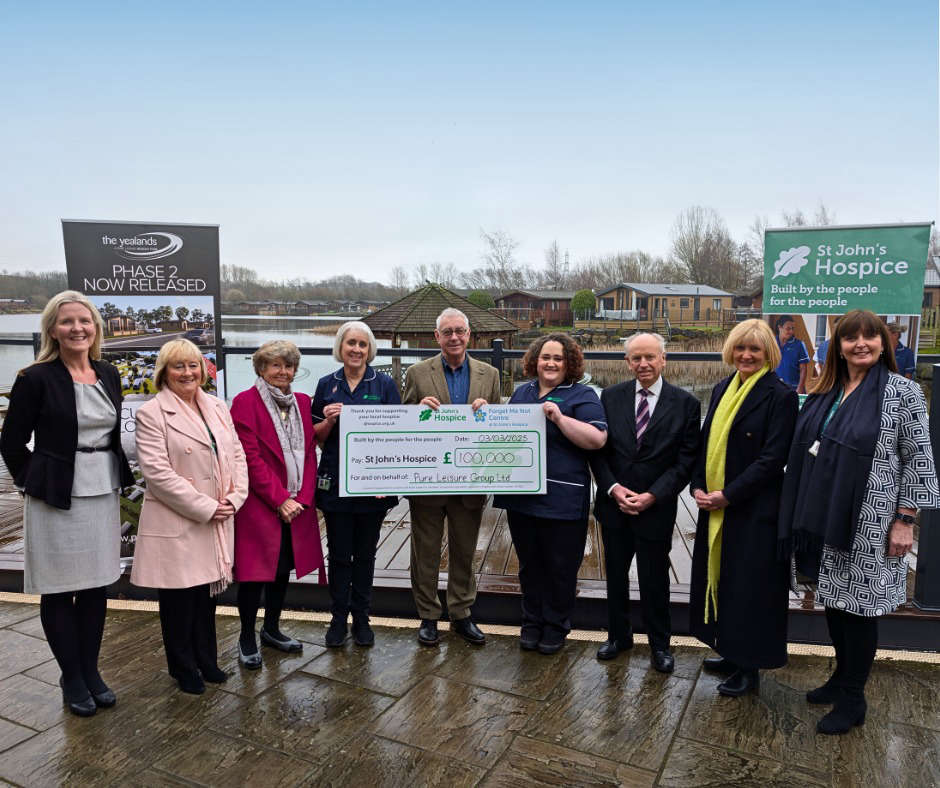 Holiday park empire donates £100K to Lancaster hospice
Holiday park empire donates £100K to Lancaster hospice
 Lancaster and Morecambe events will 'Spring into Action' over food
Lancaster and Morecambe events will 'Spring into Action' over food
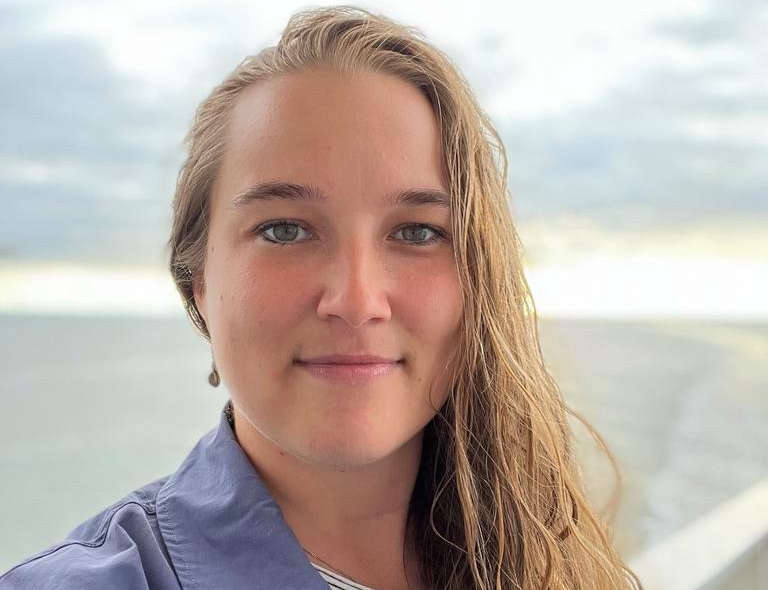 Lancaster City Council shortlisted for four local government awards
Lancaster City Council shortlisted for four local government awards
 Man pleads guilty to Heysham murder
Man pleads guilty to Heysham murder
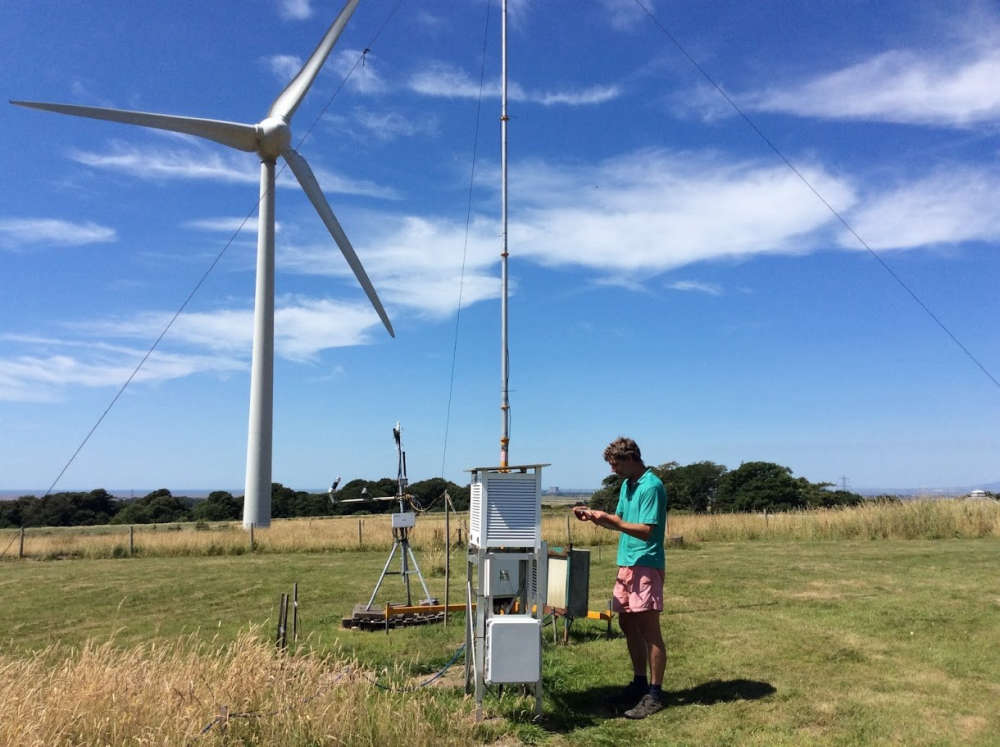 Driest March in Lancaster since records began
Driest March in Lancaster since records began
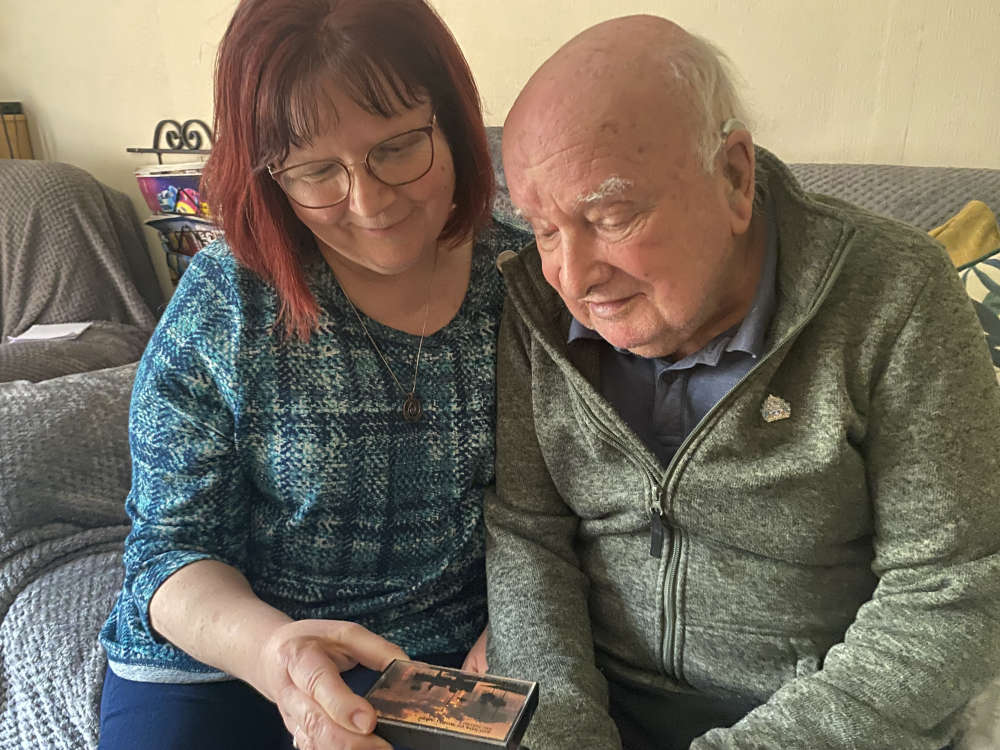 Pioneering Morecambe 'podcast' from 1980s unearthed after 44 years
Pioneering Morecambe 'podcast' from 1980s unearthed after 44 years
 Lorry driver from Morecambe arrested after positive roadside drug test
Lorry driver from Morecambe arrested after positive roadside drug test
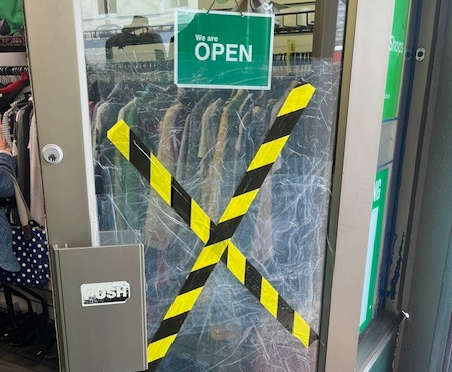 Hundreds raised after vandalism to Lancaster hospice shop
Hundreds raised after vandalism to Lancaster hospice shop
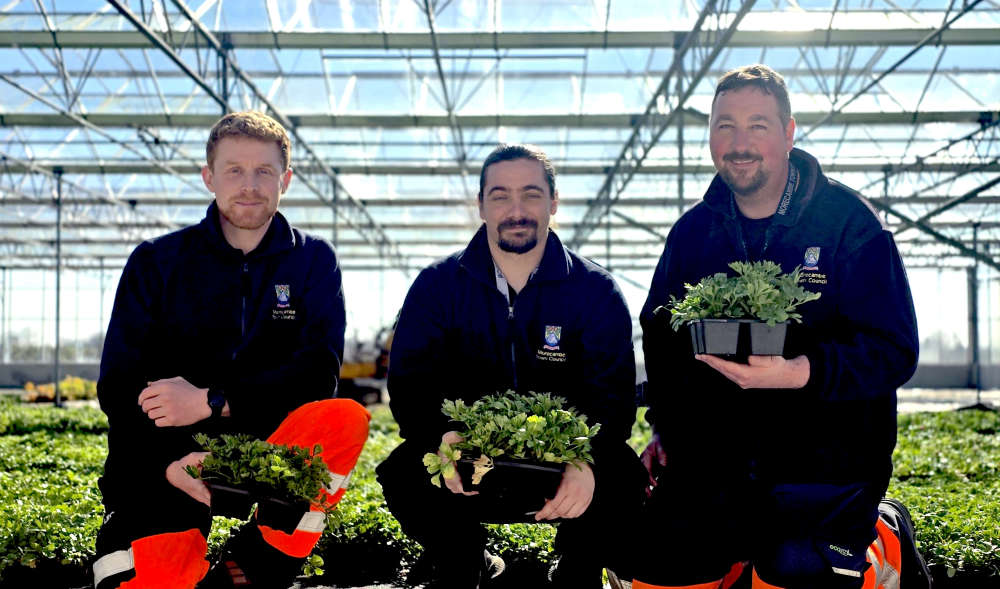 Plans under way to bring spring flowerbed planting back to Morecambe
Plans under way to bring spring flowerbed planting back to Morecambe
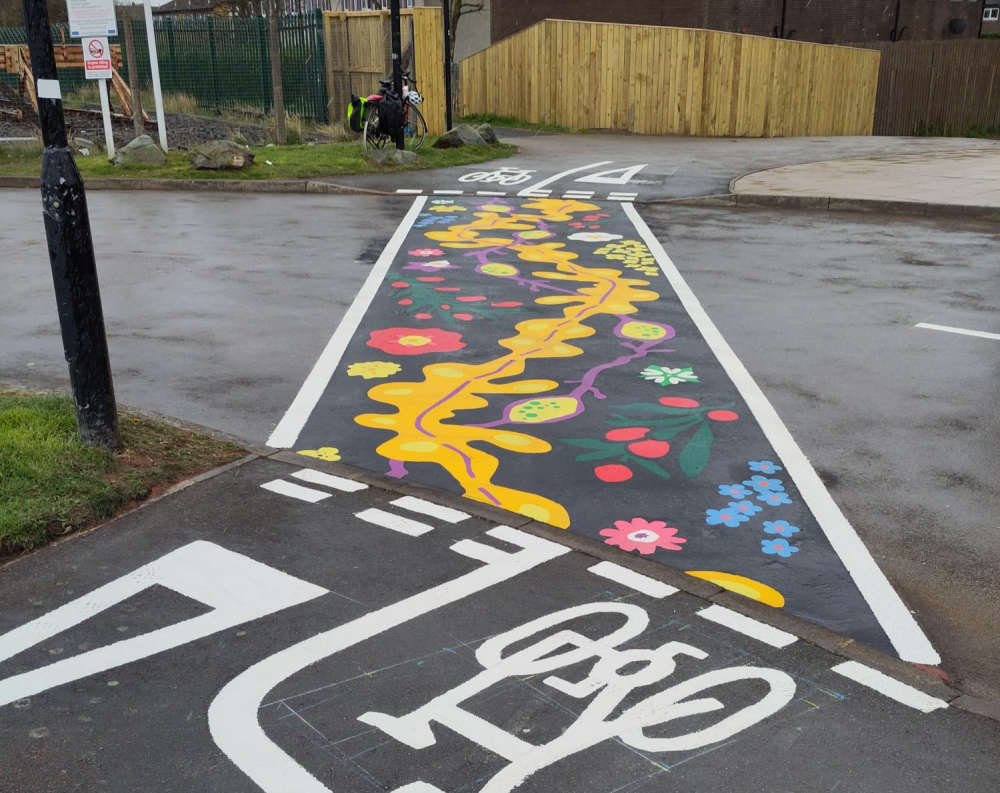 New cycle and pedestrian friendly crossing completed in Morecambe
New cycle and pedestrian friendly crossing completed in Morecambe
 INTERVIEWS: Morecambe Bay visitor guide launched with high hopes for tourist season
INTERVIEWS: Morecambe Bay visitor guide launched with high hopes for tourist season
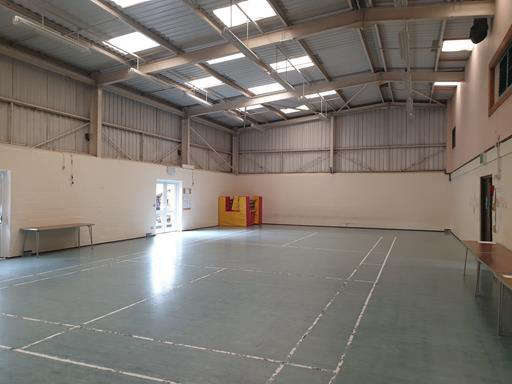 Council looking at ways to fund £1m refurb of village hall in Carnforth
Council looking at ways to fund £1m refurb of village hall in Carnforth
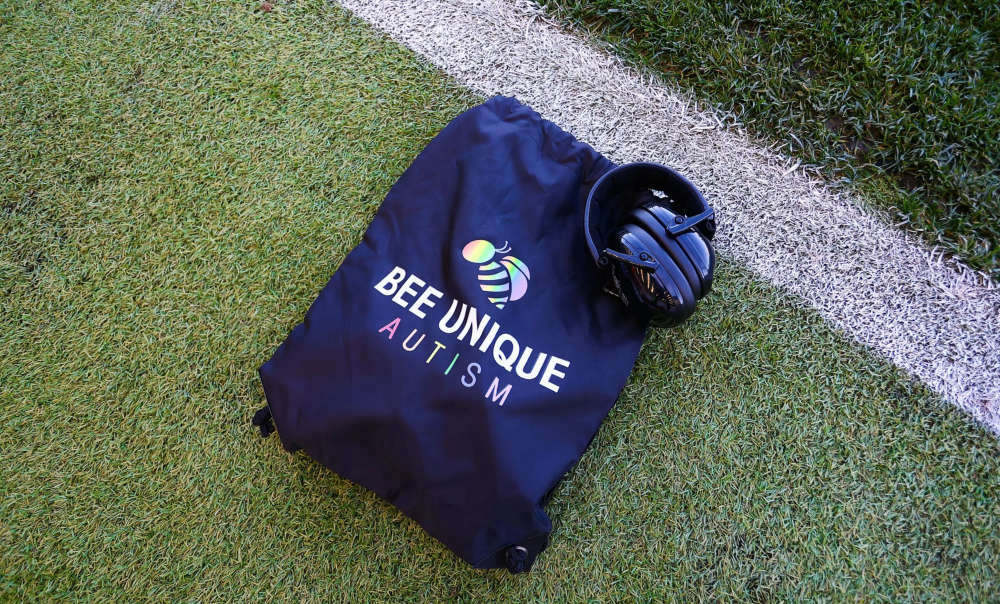 Pan-disability game at Morecambe FC will raise awareness of autism
Pan-disability game at Morecambe FC will raise awareness of autism
 Morecambe lifeboat crew respond to reports of ‘flashing lights and red flares’
Morecambe lifeboat crew respond to reports of ‘flashing lights and red flares’




